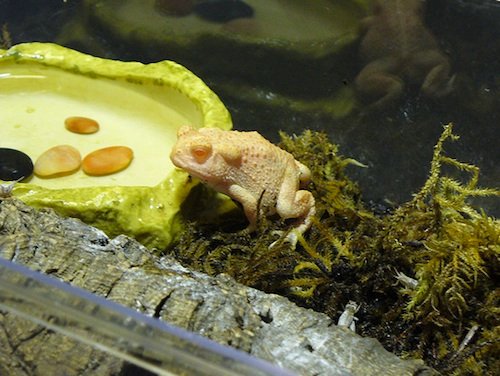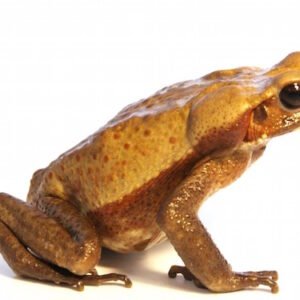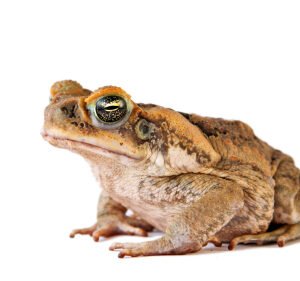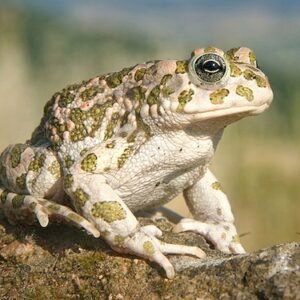Understanding the Albino Woodhouse Toad
The albino Woodhouse toad (Anaxyrus woodhousii), a striking variant of the common Woodhouse toad, distinguishes itself through its unique coloration and physical attributes. Characterized by a pale yellow to white hue, the albino variant lacks the pigmentation typically seen in its non-albino counterparts. This absence of melanin not only results in its eye-catching appearance but also affects its vulnerability to sunlight and other environmental factors. Typically, these toads exhibit a robust body structure, with adults reaching sizes of up to 4-6 inches in length. Their larger, stockier build is supported by their powerful limbs, adapted for jumping and burrowing.
In terms of natural habitat, the albino Woodhouse toad primarily resides in areas of open grasslands, scrublands, and agricultural fields. They prefer environments that are conducive to their breeding, which often occurs in temporary ponds and shallow waters. During the day, these toads seek refuge in soil burrows or beneath organic debris to avoid the heat of the sun, establishing a routine that balances their need for moisture with their preference for warmer climates.
Behaviorally, the albino Woodhouse toad displays a variety of traits that contribute to its adaptability. They are primarily nocturnal creatures, becoming active during the evening hours when they hunt for food. Their diet consists mainly of insects, earthworms, and other small invertebrates, providing the necessary nutrients for growth and maintaining their overall health. As pet owners may observe, these toads exhibit a generally docile temperament, presenting fewer challenges in captivity. Nonetheless, understanding the unique needs related to their diet, habitat, and environmental preferences is essential for anyone considering this fascinating amphibian as a pet.
Setting Up the Perfect Habitat for Your Albino Woodhouse Toad
Creating a suitable habitat for your albino woodhouse toad is crucial for its overall health and well-being. The first step is selecting the right tank size. A minimum of a 20-gallon tank is recommended for one albino woodhouse toad, as this will provide ample space for them to explore and establish their own territory. It’s beneficial to ensure the tank is secure, as these toads are known to be escape artists.
For substrate, choose a mixture of organic soil and coconut fiber or peat moss. This environment retains moisture well and mimics the toad’s natural habitat. Additionally, incorporating small rocks and leaf litter provides enrichment, allowing your toad to burrow and hide, which is essential for their mental stimulation and security.
Humidity control is vital, as albino woodhouse toads thrive in environments with humidity levels between 60% and 80%. To maintain this humidity, mist the tank regularly and include a shallow water dish. Ensure this water is treated to remove any harmful chemicals, providing your toad with a safe source for hydration. Monitor the temperature; it should ideally remain between 75°F to 80°F during the day and slightly cooler at night to simulate natural conditions. A reliable thermometer and hygrometer will aid in effectively managing these conditions.
Lighting is also an important factor; provide a low-intensity UVB light for 10-12 hours daily to support your toad’s metabolic health. Keep in mind that excessive direct sunlight can raise the temperature too high, so indirect lighting is ideal. When it comes to feeding, live insects such as crickets and mealworms should be provided, along with a calcium supplement to ensure proper nutrition. Regularly observe your toad for signs of stress or health issues, and ensure the habitat is clean and well-maintained to promote a thriving environment.





